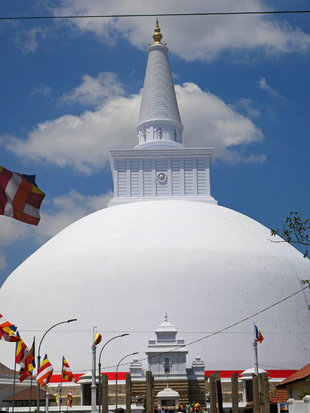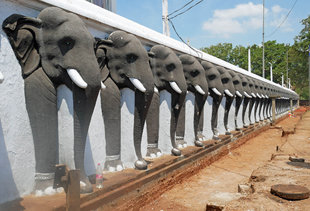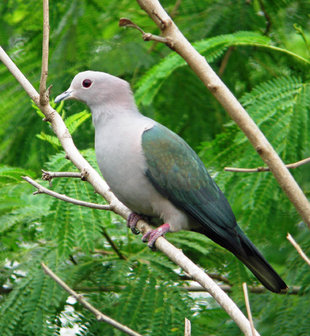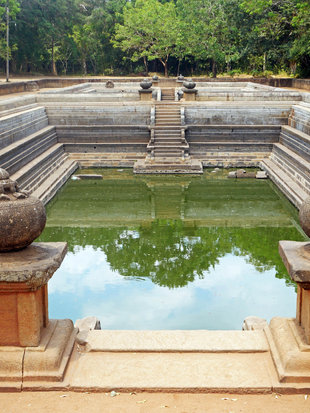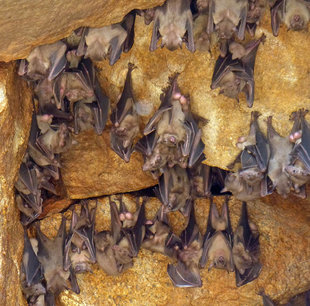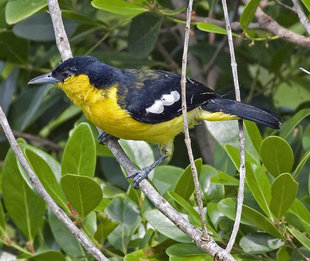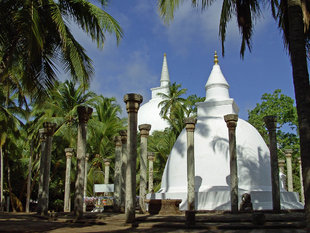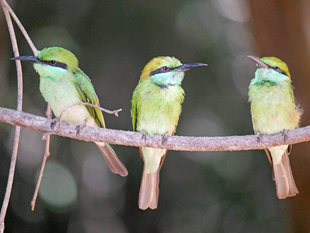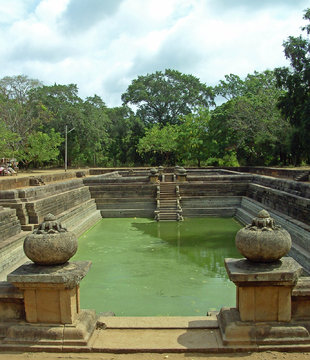Anuradhapura is one of the world's great ancient monuments; the capital and birthplace of the Sinhalese culture and one of the Southern Asia's longest continuously inhabited cultural and sacred centres. It was once set deep in jungle, in the climatically drier northern section of Sri Lanka, beyond the island's green highlands and 205 km north of Colombo. Anuradhapura is now a well connected town and pilgrimage site, with a population of more than 50,000 people; but it is the site of Old Anuradhapura which is the reason most people visit, bringing travellers from far away countries and Sri Lankan pilgrims alike.
Named a UNESCO World Heritage Site in 1982, Anuradhapura was obviously an important location in even pre-historic times, with artefacts of pottery, iron, evidence of agriculture and domestic animals dating back to the 10th Century BC. From about 700 BC the city had become a major regional centre, covering an area of over 50 hectares; but it is after this time, a time known as the Lower Historic Age, that the city really began to flourish.
This is a time recorded in Sri Lankan historic legends. King Pandukabhaya first made a formal plan for the development and expansion of the city, which by the 4th Century BC covered an area of around 1 km². This made Anuradhapura one of the largest cities in Southern Asia at the time and one of the first examples of formal urban planning. The city became the formal capital of the Sinhalese kings and culture. It was developed with a logic that many city planners today would envy. The city's first reservoir and a formal water system were built at this time. Anuradhapura was also split into formalised districts: one for royalty and religious purposes; another as a cemetery; a district for travellers, wondering preachers and ascetics; and finally another town section for slaves and lower class citizens. Using the same plan, Pandukabhaya's son and heir, King Mutasiva, continued with this development over 60 years creating the city's first formal garden of Mahameghavana.
Anyone wandering Anuradhapura vast ancient ruins today can't help but note the importance of Buddhism in the ancient city's art and design. Many of the city's most beautiful and revered monuments come in the form of great Buddhist temples, works of art and carvings of the Buddha. Buddhism first appeared in Sri Lanka at the time of King Devanampiya Tissa. It was introduced by the son of India's great Emperor Ashoka, Mahinda. Anuradhapura entered a new 'golden age' of development at this time. As the Sri Lankan kings adopted Buddhism, many of the city's great buildings were commissioned, along with a huge defensive outer wall, moat, gatehouses and other features that can still be seen today. The city continued to grow for more than a thousand years, with various kings adding hospitals, temples, further 'tanks' or reservoirs and city gardens.
The Sinhala kings ruled from this mighty ancient city for well over 1000 years, but they did not have everything their own way. The power of the aggressive Southern Indian Chola dynasties was growing and great forests that had once made Anuradhapura so inaccessible to attack, were shrinking. The city was protected effectively by the last Sinhalese Kings but eventually its position became too vulnerable to defend. At the end of the 10th century the Cholas overran Anuradhapura and the Sinhalese kingdom retreated to the south, re-founding their later capital at the more easily defended site of Polonnaruwa. Here they began a re-conquest of their ancient lands; but that is another story.
For centuries after its collapse, Anuradhapura was largely abandoned and reclaimed by the jungle; but it was never forgotten, remaining an important pilgrimage site and a focus for Sri Lankan nationalism and pride. When 'discovered' by British explorer Robert Knox in 1681, the site was still well known in Sri Lankan culture, but featured only a small village where once there had been a huge city.
When we visit Anuradhapura today, we find a large, well connected and pleasant modern city, together with the vast mystical remains of one of Asia's longest lived and most sophisticated empires. The sheer scale of the ancient site means that it is almost always possible to find a quiet corner where you can relax and ponder the incredible ingenuity of the Sinhalese Kings. The ruins' significance as a place of Buddhist pilgrimage, with many monasteries situated close by, also lends Anuradhapura its own special atmosphere. Anuradhapura truly is a Sri Lankan historical and spiritual heartland, a site that really shouldn't be missed if the opportunity presents itself!
Aqua-Firma can centre tailor made journeys to the north and central areas of Sri Lanka from Anuradhapura. We tend to do this from bases set in the same thick jungle that used to surround the temple itself, close to the north western national park of Wilpattu.

